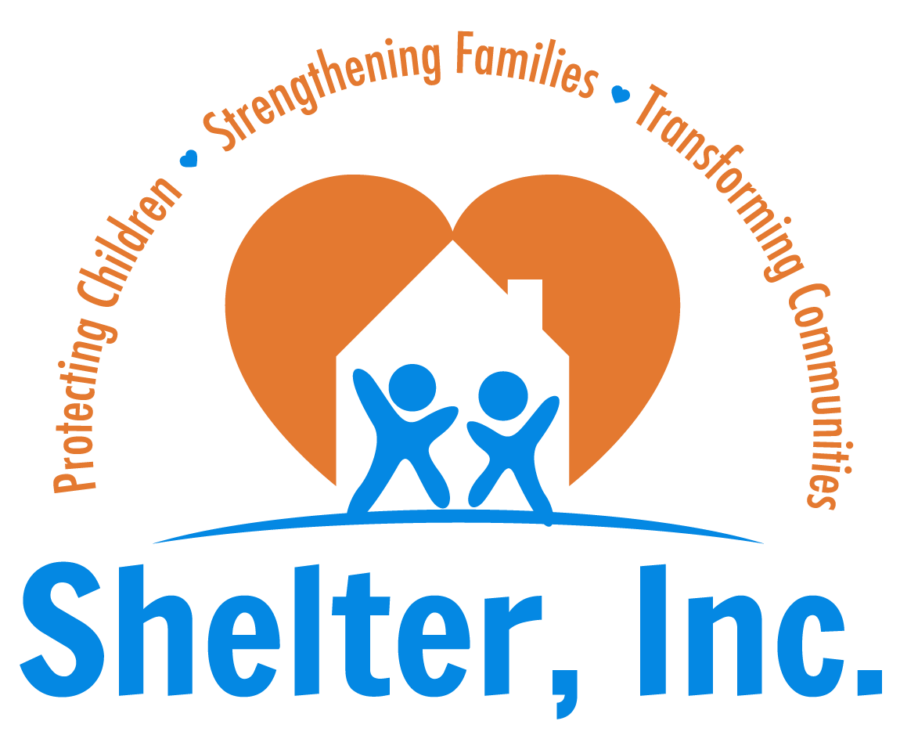
Some people are surprised, due to misinformation, to learn Shelter serves a growing number of children and youth who have been victims of human trafficking, but victims come from everywhere. By knowing the facts and sharing them with others, YOU MAY SAVE A LIFE.
Definition: Human trafficking is a $150 billion business Traffickers use force, fraud, or coercion to lure their victims and force them into labor or commercial sexual exploitation.
- While sex trafficking has received more publicity, it’s believed there is more labor trafficking.
- Though exact figures are unknown, studies have indicated there are 403,000 victims in the U.S. on any given day.
Victims: While anyone can be a victim, the most vulnerable are the most at risk, such as:
- Children not old enough to understand
- Runaway or homeless youth
- Youths with low self-esteem
- Those with mental health concerns, substance abuse, or disabilities
- Those from communities with more challenges
- Juveniles in the child welfare system
- Members of the LGBTQ+ Community
Implicit bias leads us to believe we know what pimps and victims look like, but they can look and act like anyone. According to the Polaris Project, 77% are U.S citizens. While 86% are female, boys, men, and non-binary genders are also victimized.
Traffickers: There is no one-size-fits-all description of perpetrators. They may come from any ethnic, social, or economic background, looking like the average high school kid, a business executive, or a gang member.
The vast majority aren’t strangers, but people the victim already knows; parents or other family members, romantic partners, family friends, or anyone else the victim trusts.
The Bait: Contrary to popular myths endorsed by the media, it is very rare that a perpetrator will succumb to kidnapping. It isn’t an efficient or effective way to do business, and trafficking is big business. Most lure their victims by psychology, promising to fill what they have identified as the victim’s greatest need like:
- Love, acceptance, or emotional support
- Food, Shelter, or other essentials
- Well-paying jobs to support themselves or their family
With COVID causing more unemployment, threats of eviction, isolation, abuse, and drug use, many are more vulnerable. An increasing number of tenants are forced to have sex by landlords to prevent eviction.
Studies show 55% of children who have been victims were approached through social media. However, they can be identified on playgrounds, sporting events, health care settings, or other contact areas.
The Grooming Phase: Once the victim’s need has been identified, the perpetrator supplies that need. It may be three meals a day, love and affection, drugs, the promise of high-paying jobs, or whatever the victims are missing in their lives. Victims are “groomed” to place their trust, and often their love, in the trafficker.
Hooked: Psychological means are employed, such as tricking, defrauding, manipulating, or threatening victims into providing commercial sex or exploitative labor.
Where: A parent trafficking their child may do so in their own home. Groups of youth may be forced to travel by bus and sell magazines door to door. Those forced into labor may do so at unwitting legitimate businesses or beg on the street. Some may be dressed in expensive clothes and delivered to the homes of the “buyer” or are found online on pornographic sites.
Why Victims Stay: Perpetrators use different means of control. Those victimized are led to believe the consequences of leaving would be worse than their present situation. They would be cut off from drugs; they or their family would be killed; their secrets would be publicly exposed. Some don’t identify themselves as victims as they have been so successfully manipulated into believing their only hope is with their trafficker, who is the only one who cares about their well-being.
The Outcome: According to the FBI, only 1.2% of victims who have been trafficked are ever identified. In addition, the average life expectancy of a child being trafficked is seven years.
How Your Help Can Make a Difference:
- The greatest deterrent to human trafficking is knowledge, and it can begin with Knowledge means prevention.
- Learn the facts and spread your knowledge around (it’s free). Have conversations at home, with friends, with colleagues. Repost this text on social media. The more you share the facts, the more likely you will save a life!
- Support organizations that work to prevent human trafficking and those that help survivors.
- Let your legislators know ending human trafficking is important to you.
Learn More:
Ways To Help – The U.S. State Department
How You Can Play a Role – Department of Homeland Security
Trafficking Facts – from TRUST
Human Trafficking 101 – The Polaris Project


0 Comments